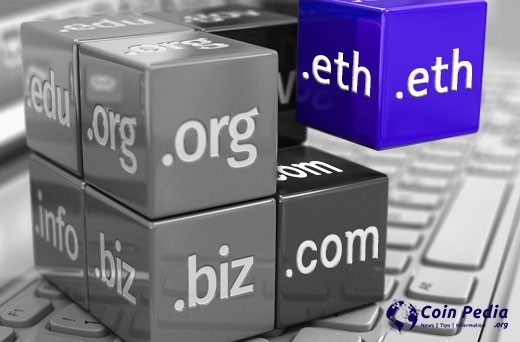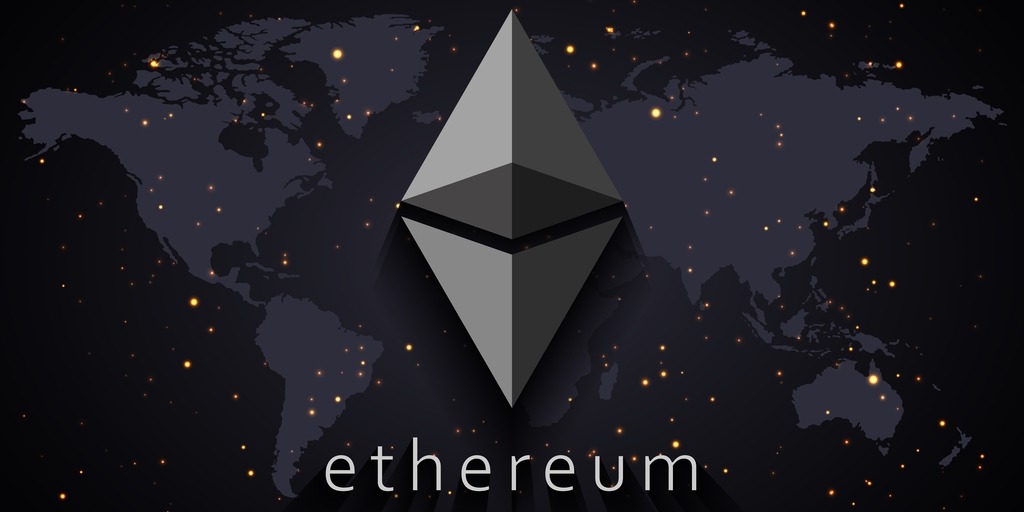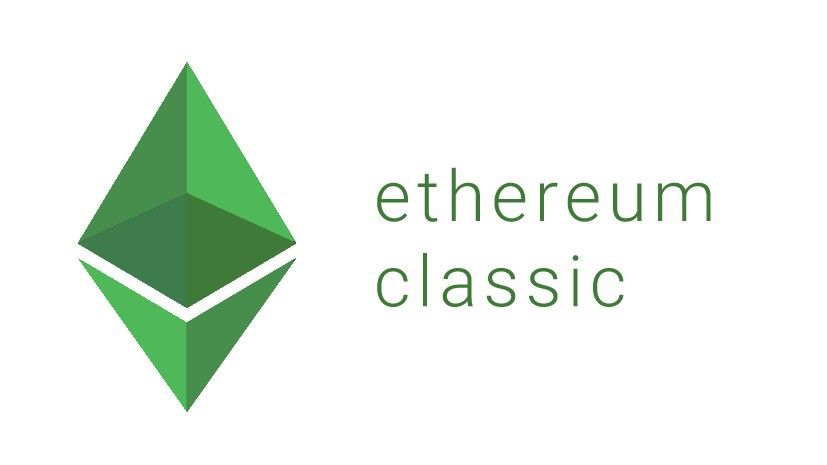Your Ultimate Guide to Ethereum Burn Address And Top 5 Reasons To Why Networks Use Them
In the vast and ever-evolving world of cryptocurrency, the concept of “burning” tokens has emerged as a critical mechanism for some blockchain projects. Ethereum (ETH), the second-largest cryptocurrency by market capitalization, utilizes a unique address specifically designed for this purpose – the Ethereum burn address. This guide delves into the intricacies of the Ethereum burn address, explaining its function, purpose, and potential impact on the Ethereum ecosystem.
What is the Ethereum Burn Address?
The Ethereum burn address, often referred to as a “null address” or a “dead wallet,” is a unique identifier within the Ethereum blockchain. It signifies an address that lacks an associated private key. Transactions can be sent to this address, but the tokens sent there are essentially irretrievable and permanently removed from circulation.
Top Reasons Why the Ethereum Network Utilizes an Ethereum Burn Address: A Strategic Approach to Supply Management
The Ethereum network, a pioneer in the world of smart contracts and decentralized applications (dApps), employs a unique mechanism known as the Ethereum burn address. This seemingly paradoxical concept – intentionally sending Ethereum (ETH) to an address from which it can never be retrieved – plays a crucial role in the network’s overall health and functionality. Let’s delve deeper into the top reasons why the Ethereum network utilizes an Ethereum burn address:
1. Combating Inflation and Maintaining Scarcity:
One of the core principles behind Ethereum is the concept of a limited supply. Unlike traditional fiat currencies that can be printed at will by central banks, Ethereum has a pre-defined maximum supply of 110 million ETH. The burn address acts as a tool for permanently removing ETH from circulation, thereby combating inflation and maintaining the scarcity of the asset. Imagine a scenario where new ETH is constantly being created and distributed through various mechanisms like block rewards. Without a burn mechanism, the total supply of ETH would continuously inflate, potentially diminishing its value over time. The burn address helps to counteract this by effectively taking ETH out of the equation.
2. Facilitating Fee Reduction Mechanisms:
The Ethereum Improvement Proposal (EIP) 1559, implemented in August 2021, introduced a novel fee structure for transactions on the Ethereum network. A portion of the transaction fees collected goes towards a “base fee” that is burned, effectively reducing the total circulating supply of ETH. This mechanism incentivizes users to submit transactions with competitive fees while simultaneously contributing to a deflationary pressure on the asset. Imagine a scenario where transaction fees simply accumulate and are not used for any purpose. The burn mechanism associated with EIP-1559 ensures that a portion of these fees are permanently removed from circulation, potentially making ETH more valuable over time.
3. Deflationary Pressure Through Protocol-Specific Mechanisms:
Several protocols built on the Ethereum network utilize the burn address as part of their tokenomics (token economics) model. These protocols may burn a portion of their native tokens when specific actions are taken within the protocol, such as trading fees or governance decisions. This burning of tokens contributes to a deflationary pressure on the overall Ethereum ecosystem, potentially increasing the value of ETH over time. Imagine a decentralized exchange built on Ethereum that burns a small percentage of its platform’s transaction fees. This mechanism reduces the total supply of the exchange’s token and, by extension, contributes to a decrease in the overall supply of tokens within the Ethereum ecosystem, potentially impacting the value of ETH.
4. Governance and Community Control:
The Ethereum burn address plays a role in certain governance proposals that involve the burning of ETH as a way to implement specific changes to the network. This mechanism empowers the Ethereum community to actively participate in shaping the network’s future by voting on proposals that may involve burning a portion of the ETH supply. Imagine a scenario where the Ethereum community proposes a hard fork (a radical change to the network protocol) that involves burning a significant amount of ETH to fund development initiatives. The burn address facilitates this process by allowing the community to execute such proposals, fostering a sense of ownership and control among ETH holders.
5. Future-Proofing for Potential Supply Shocks:
The Ethereum network is constantly evolving, and the burn address serves as a safety net against unforeseen circumstances. Imagine a scenario where a critical bug in a smart contract accidentally mints a large amount of ETH. The burn address can be used to rectify such situations by sending the excess ETH to the burn address, effectively removing it from circulation and mitigating the potential inflationary impact of the bug.
Beyond the Burn: A Holistic Approach to Ethereum’s Future
While the Ethereum burn address plays a significant role in managing the network’s supply and potentially increasing the value of ETH, it’s crucial to remember that it’s just one piece of the puzzle. The long-term success of Ethereum hinges on a combination of factors, including ongoing network upgrades, the development of a robust DeFi ecosystem, and the adoption of Ethereum by mainstream applications.
By implementing the burn address and continuously innovating, the Ethereum network is taking a strategic approach to ensure its sustainability and long-term viability in the ever-evolving landscape of blockchain technology.
The Ethereum burn address works on a deceptively simple principle: it’s a specific address on the Ethereum blockchain where any ETH sent to it gets essentially destroyed, permanently removed from circulation. Unlike regular addresses that have private keys associated with them, the burn address lacks a private key. This means that once ETH is sent to the burn address, there’s no way to retrieve it – it’s gone forever.
Here’s a closer look at the mechanics:
-
Transaction Initiation: The process begins with a user or a protocol initiating a transaction that sends ETH to the burn address. This transaction, like any other on the Ethereum network, requires a gas fee.
-
Network Verification: Miners or validators on the Ethereum network verify the transaction and add it to a block. They ensure the sender has sufficient ETH and the transaction fee is paid.
-
Burning the ETH: Once the transaction is validated and included in a block, the key difference comes into play. The ETH is deducted from the sender’s account, but it’s not credited to any other address. Since the burn address doesn’t have a private key, it cannot receive or hold any ETH.
-
Supply Reduction: The total supply of circulating ETH on the network reflects the burning process. The amount of ETH sent to the burn address is effectively removed from circulation, reducing the overall supply.
Understanding the Implications:
There are several reasons why the Ethereum network utilizes a burn address:
-
Combating Inflation: By taking ETH out of circulation, the burn address helps to counteract inflation and potentially maintain the value of ETH over time. Imagine a scenario where new ETH is constantly being created, but there’s no mechanism to remove any. The burn address helps to balance this by permanently eliminating a portion of the ETH supply.
-
Facilitating Fee Reduction Mechanisms: The burn address plays a role in EIP-1559, a fee structure update on Ethereum. A portion of the transaction fees collected is burned, reducing the total circulating supply of ETH. This incentivizes efficient use of the network and potentially increases the value of ETH in the long run.
-
Deflationary Pressure from Protocols: Some protocols built on Ethereum utilize the burn address as part of their tokenomics. They might burn a portion of their tokens when specific actions occur within the protocol, further contributing to a potential decrease in the overall supply of tokens within the Ethereum ecosystem.
The Burn Address in Action:
The Ethereum burn address is a publicly known address, often represented as “0x0000000000000000000000000000000000000000”. Anyone can explore the Ethereum blockchain and see transactions where ETH has been sent to this address. This transparency helps maintain trust and ensure the proper functioning of the burn mechanism.
The Future of Burning:
The use of burn addresses is an evolving concept in the blockchain space. While it offers potential benefits for managing supply and value, it’s important to consider its limitations. The effectiveness of burning as a tool depends on various factors within the Ethereum ecosystem.
Overall, the Ethereum burn address serves as a unique mechanism for influencing the network’s supply dynamics and potentially shaping the future of the Ethereum ecosystem.
Also, read – Top 10 Ways To Unlock The Potential Of Ethereum Virtual Machine Through Solidity
Finding the Ethereum Burn Address
There are two main ways to find the Ethereum burn address:
- Using a Blockchain Explorer:
This is the most common and convenient method. Blockchain explorers are websites that allow you to search and explore data on the Ethereum blockchain, including transaction history, wallet balances, and smart contract details. Here’s how to find the burn address using a popular explorer like Etherscan:
- Go to the Etherscan website: https://etherscan.io/
- In the search bar at the top of the page, type in the Ethereum burn address: 0x0000000000000000000000000000000000000000
- Pressing Enter will take you to a dedicated page for the burn address. This page will display various details, including:
- The total amount of ETH burned (displayed in both ETH and USD)
- A list of recent transactions where ETH was sent to the burn address
- Charts and graphs visualizing the burning activity over time
- Looking Up the Address Directly:
While less common, you can also find the burn address simply by knowing its unique identifier. The Ethereum burn address is a publicly known address with a specific format: 0x0000000000000000000000000000000000000000. This long string of zeros represents an address that doesn’t have a private key associated with it, making it impossible to receive or hold any ETH.
Conclusion
The Ethereum burn address plays a crucial role in managing the ETH supply and potentially influencing the network’s future. Understanding the concept of burning and its implications is essential for anyone interested in the Ethereum ecosystem and its potential growth trajectory. While the long-term effects of burning remain to be seen, it undoubtedly adds another layer of complexity and intrigue to the ever-evolving world of cryptocurrency.
Stay informed with daily updates from Blockchain Magazine on Google News. Click here to follow us and mark as favorite: [Blockchain Magazine on Google News].
Get Blockchain Insights In Inbox
Stay ahead of the curve with expert analysis and market updates.
latest from tech
Disclaimer: Any post shared by a third-party agency are sponsored and Blockchain Magazine has no views on any such posts. The views and opinions expressed in this post are those of the clients and do not necessarily reflect the official policy or position of Blockchain Magazine. The information provided in this post is for informational purposes only and should not be considered as financial, investment, or professional advice. Blockchain Magazine does not endorse or promote any specific products, services, or companies mentioned in this posts. Readers are encouraged to conduct their own research and consult with a qualified professional before making any financial decisions. The featured image used is just a creative depiction of the title and it does not intend to hurt sentiments of any person or institution. If it hurts anyone sentiments, please do not hesitate to reach out to Blockchain Magazine.

 Bitcoin
Bitcoin  Ethereum
Ethereum  XRP
XRP  Tether
Tether  Solana
Solana  Dogecoin
Dogecoin  USDC
USDC  Cardano
Cardano  Lido Staked Ether
Lido Staked Ether  TRON
TRON  Chainlink
Chainlink  Avalanche
Avalanche  Wrapped stETH
Wrapped stETH  Sui
Sui  Wrapped Bitcoin
Wrapped Bitcoin  Toncoin
Toncoin  Stellar
Stellar  Hedera
Hedera  Shiba Inu
Shiba Inu  Polkadot
Polkadot  WETH
WETH  LEO Token
LEO Token  Litecoin
Litecoin  Bitcoin Cash
Bitcoin Cash  Bitget Token
Bitget Token  Hyperliquid
Hyperliquid  Uniswap
Uniswap  Official Trump
Official Trump  USDS
USDS  Wrapped eETH
Wrapped eETH  Pepe
Pepe  NEAR Protocol
NEAR Protocol  Ethena USDe
Ethena USDe  Aave
Aave  Aptos
Aptos  Internet Computer
Internet Computer  Monero
Monero  WhiteBIT Coin
WhiteBIT Coin  Ondo
Ondo  Ethereum Classic
Ethereum Classic  Cronos
Cronos  POL (ex-MATIC)
POL (ex-MATIC)  Mantle
Mantle  Render
Render  Dai
Dai  MANTRA
MANTRA  Algorand
Algorand  OKB
OKB 




